EYFS Profile
The EYFS profile is a summary of the child’s attainment at the end of Reception (FS2).
The profile measures each child’s attainment in areas of learning known as Early Learning Goals (ELGs).
These are outlined below, with examples of some of the skills and development they show
- ELG: Listening, Attention and Understanding (following instructions, responding to questions)
- ELG: Speaking (sharing ideas and explanations for why things might happen, expressing feelings using full sentences, including use of past, present and future tenses)
- ELG: Gross Motor Skills (showing good control and coordination in large movements, like climbing)
- ELG: Fine Motor Skills (holding a pencil correctly in preparation for handwritingand using other tools like scissors)
- ELG: Self-Regulation (demonstrating an understanding of their own feelings, and other people's)
- ELG: Managing Self (showing independence, being able to explain the reason for rules and managing basic hygiene and personal needs)
- ELG: Building Relationships (playing cooperatively with other children and being aware of others' needs)
- ELG: Comprehension (for example, being able to retell a story in their own words)
- ELG: Word reading (being able to say a sound for each letter in the alphabet and at least 10 digraphs)
- ELG: Writing (being able to write recognisable letters and simple sentences)
- ELG: Number (for example, knowing number bondsto 5)
- ELG: Numerical patterns (being able to count up to and beyond 20 and recognising patterns in numbers up to 10)
- ELG: Past and present (understanding the differences between events in the past and the present day and talking about the roles of the people in society)
- ELG: People, Culture and Communities (knowing some similarities and differences between different environments and communities in this country and in other countries)
- ELG: The Natural World (exploring the natural world around us and the changes we see in it)
- ELG: Creating with Materials (experimenting with colour, design, texture, form, and function using different materials)
- ELG: Being Imaginative and Expressive (exploring stories and narratives in different mediums, including musicand dance)
In each of these areas, the ELGs set out what the average child is expected to be able to do at the age of five.
For example, the Numerical pattern’s goal says that pupils should be able to count reliably from one to 20, place these numbers in order, and say which number is one less or one more than a given number. They should be able to add and subtract two single-digit numbers, and count on or back to find the answer. They should also be able to solve simple problems like doubling, halving, and sharing with numbers up to 10.
In addition to the ELGs, in planning what your child will learn in the EYFS, teachers and school staff are guided by three ‘characteristics of effective learning’. These are:
- Playing and exploring
- Active learning
- Creating and thinking critically.
These three characteristics play an important part in your child’s ability to learn. They also enable their Year 1 teacher to understand their level of development and their learning needs as they move into Key Stage 1.
